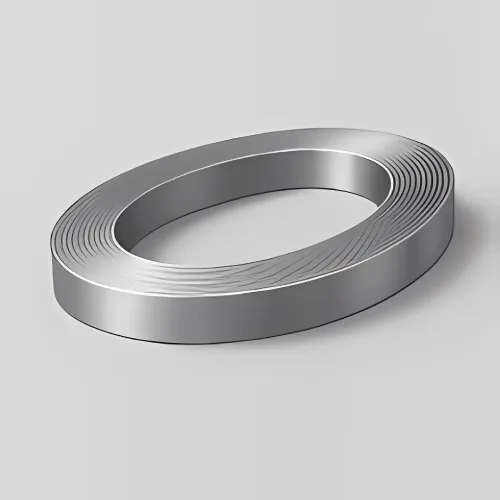
316 Stainless Steel Strip
Keywords: 316,
Standard: ASTM, AISI, DIN, EN, GB, JIS
Technique: Hot Rolled/Cold Rolled/Galvnized
Processing Service: Welding, Punching, Cutting
Available Size Range: Click here
Volume: 0
Get A Quote
Keywords: 316,
Standard: ASTM, AISI, DIN, EN, GB, JIS
Technique: Hot Rolled/Cold Rolled/Galvnized
Processing Service: Welding, Punching, Cutting
Available Size Range: Click here
Volume: 0
Get A Quote| Region | Standard | Grade |
|---|---|---|
| USA | ASTM A240/A480 | UNS S31600 |
| Europe | EN 1.4401 | X5CrNiMo17-12-2 |
| Japan | JIS SUS316 | - |
| China | GB 06Cr17Ni12Mo2 | - |
| Element | Cr | Ni | Mo | C | Mn | Si | P | S |
|---|---|---|---|---|---|---|---|---|
| Content | 16–18% | 10–14% | 2–3% | ≤0.08% | ≤2.0% | ≤1.0% | ≤0.045% | ≤0.03% |
Corrosion Resistance:
Resists pitting/crevice corrosion in seawater (PREN: 26–30 vs. 304’s 18–20).
Immune to sulfuric acid (≤10% concentration) and acetic acid at ambient temperatures.
Thermal Performance:
Continuous service up to 870°C (oxidizing) or 450°C (reducing atmospheres).
Biocompatibility:
ASTM F138/F139 compliant for surgical implants and MRI-safe components.
| Condition | Tensile Strength | Yield Strength | Elongation | Hardness (HV) |
|---|---|---|---|---|
| Annealed | 515–690 MPa | 205 MPa (min) | 40% (min) | 215 |
| Cold-Rolled (H) | 860–1.030 MPa | 690 MPa (min) | 12% (min) | 310 |
Molybdenum Edge: Critical for chloride resistance in desalination plants or coastal HVAC systems.
Low Carbon Variants: 316L (0.03% max C) prevents sensitization during welding.
Surface Versatility: Electropolished (Ra ≤0.25 µm) for sanitary uses or No. 8 mirror finish for architectural aesthetics.
Cost-to-Performance Ratio: 20–30% longer service life than 304 in aggressive environments.
Marine: Boat railings, desalination pipe liners, offshore platform heat exchangers.
Pharmaceutical: Bioreactor vessels, CIP system tubing, vaccine storage tanks.
Food Processing: Brine solution tanks, seafood packaging machinery.
Medical: Orthopedic screws, endoscope components, sterilization trays.
Energy: Flue gas scrubbers, geothermal steam condensers.
Frequently Asked Questions
Q1: When to choose 316 over 316L?
A1: Use standard 316 for non-welded high-temperature applications. Opt for 316L when welding is required to avoid carbide precipitation.
Q2: Can 316 strips handle saltwater immersion?
A2: Yes, but ensure regular passivation. For permanent submersion, consider super-austenitic grades like 904L.
Q3: Is 316 suitable for high-pressure environments?
A3: Absolutely. Cold-rolled H-tempers achieve yield strengths up to 1.030 MPa for hydraulic valve springs.
Q4: How does 316 compare to duplex 2205?
A4: 2205 offers higher strength but lower formability. 316 excels in deep-drawn components like pharmaceutical capsules.
Q5: Can you provide FDA-compliant finishes?
A5: Yes. Our electropolished strips meet FDA 21 CFR 175.300 and 3-A Sanitary Standards.
Products
Phone